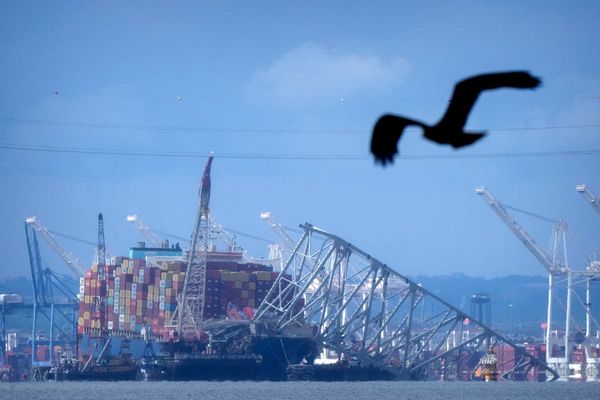
Reshaping Australia’s industrial policy, reforming student loan indexation, modifying stage three tax cuts, and achieving a second surplus — these will be among the most important features of next week’s budget.
Treasurer Jim Chalmers said on Monday that his main near-term objective would be to curb inflation while focusing on growth in the medium term.
“This is not the time for scorched earth austerity … this is not the time to slash and burn in the budget when people are doing it tough and when growth in our economy is weaker than we would like it to be,” Chalmers said.
Last year, the first projected surplus in 15 years was the big headline item out of the budget. Chalmers has said he’s going for a second one this year.
Monash University politics senior lecturer Remy Davison said the focus on a surplus would be helpful, but cost of living improvements would be more important.
“The surplus is not only about fiscal responsibility but also about signalling to financial markets and the RBA that it is prepared to undertake further fiscal disciplinary measures to rein in inflation, in view of risks around further interest rate rises,” Davison told Crikey.
“Cost of living adjustments [are a must] — HELP is a part of this,” he went on, referring to student loan indexation reform.
“The government must address these types of issues, or Albo will be negotiating a coalition with the Greens on election night 2025.”
Here are some of the budget items we already know about.
Ambitions for a second surplus
A second surplus is still the goal, with the underlying cash balance for the 12 months to February showing a deficit of $6.1 billion. The $22.1 billion surplus in the May 2023 budget was the first in 15 years. Since then, the mid-year budget review has forecast a deficit of $1.1 billion for the 2023-24 fiscal year, narrowing from $13.9 billion forecast in last year’s budget.
As Crikey previously reported, Chalmers reckons there are a number of international pressure points that will add to the challenge of achieving a surplus, including US inflation and tensions in the Middle East and Europe.
Stage three tax cut tweaks
The reworked stage three reform package is considered broadly revenue-neutral in the short term but will increase tax receipts by about $28 billion over the medium term. “Tax cuts will add to demand in the economy,” CBA head of Australian economics Gareth Aird previously told Guardian Australia. “But they will kick in at a time when demand has further weakened from where it is today — and it has been moderating quite materially over the past six months.”
Student loan indexation
More than three million people will have their student debts eased by a change to the way the loans are indexed, Education Minister Jason Clare promised in an announcement on Sunday.
The HELP loan indexation rate will be capped at the lower of either the consumer price index or the wage price index. A former student with an average HELP debt of $26,500 will see about $1,200 of their remaining debt wiped.
Industrial policy overhaul
Labor’s Future Made in Australia Act is considered to be the centrepiece of the budget. It’s intended to give Australia a chance to compete in what Anthony Albanese sees as a new global economy of increased government intervention, or as Chalmers put it in an interview last week: “[It’s] about how we grow our economy into the future, how we make sure our workers and businesses get a slice of the action as the world churns and changes and the global economy focuses more exclusively on the net‑zero opportunity.”
More details are expected to be revealed in the budget but it encompasses a number of initiatives already, including:
- The $1 billion Solar SunShot program, aiming to bolster the nation’s solar panel manufacturing capabilities
- The $2 billion Hydrogen Headstart program, intended to fund large-scale hydrogen production projects
- The $4 billion total available under the Critical Minerals Facility, designed to help complement commercial financing and help get critical minerals projects off the ground.
Other bits and pieces
There is a whole lot of other budget news that has already been revealed, including but not limited to:
- Cost of living support, which Chalmers has said will be designed “so that it helps with inflation rather than makes the problem worse. We’ll continue to run a tight ship”
- Domestic violence support funds, including $925 million to make a program called Leaving Violence permanent
- Money laundering prevention funded to the tune of $170 million, to bolster and expand Australia’s anti-money laundering and counter-terrorism financing regime
- Establishing a national firearms register, a project backed by $161.3 million in funding
- Upgrading bicycle and walking paths across the country as part of a new Active Transport Fund costing $100 million
- A new so-called “prac payment” to help nursing, teaching, midwifery and social work students do their mandatory training, costing about $23 million per year
- A crackdown on consultant fees in the public service, which would mean $1 billion in savings, according to the government
- A boost to Defence spending, including an initiative called the Integrated Investment Program, costing $330 billion over the decade to 2033-34.
— with AAP







